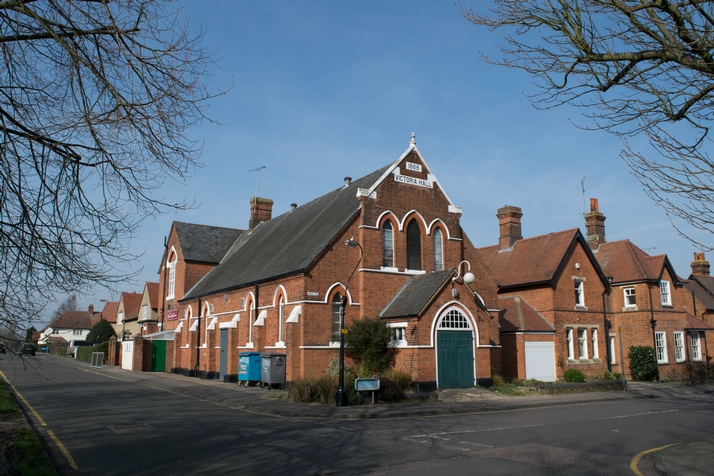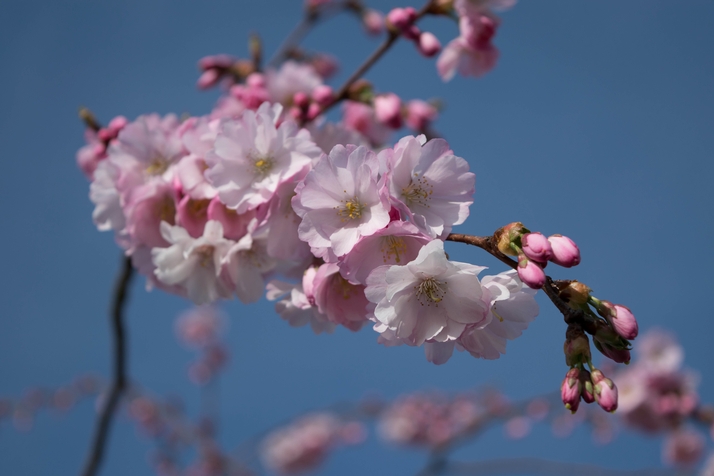The Nikon D3300 is based on a 24.2 megapixel sensor (4800 x 1080 pixels), adding an 18 to 55mm kit lens that behaves like 27 to 82.5mm glass on a full frame camera. Clearly inspired by the collapsible lens of its 1-series compact system cameras, Nikon’s engineers have made this lens smaller than its predecessor, courtesy of a clever locking button, to compliment the compact body of the D3300 itself. See all camera reviews. The controls are well thought out and the display is one of the best we’ve used, adopting the three digital rings of Nikon’s other DSLRs, which rotate in sync to show how changes to aperture, shutter or sensitivity affect the other parameters. The rear display is bright and clear in direct sunlight, but it isn’t touch-sensitive or – sadly – articulated. We tested the D3300 on a sunny day, set to aperture priority so that we could control depth of field while it made all the other decisions about exposure and sensitivity. The results were impressive: vivid colours were punchy and bold, while muted tones were subtle, and a faithful match of the originals. Fine detail was impressive, too, with pollen and tiny insects clearly captured on petals and foliage. Even under direct sunlight, which can make flowers and foliage difficult to properly meter, it kept everything under control for a very balanced result. It wasn’t quite perfect, though. There was evidence of green/pink colour fringing on some sharp contrasts along the edges of solid objects, and where branches and twigs overlaid the sky. There was also a very slight fall off in the level of clarity when comparing the centre of the frame to the edges, although as this is caused by the lens having to bend the light to a more extreme angle at the edges and corners you can expect to see this in all cameras to some degree. We were more disappointed by the limited 11 focus points clustered around the centre of the frame. They’re easily selected and the D3300 did a good job of hitting our target when left to its own devices, but a few extra points wouldn’t have gone amiss. Other than that, it’s extremely flexible. It shoots RAW and JPEGs individually or side by side, sensitivity runs from ISO 100 to a high 12,800, and if that still leaves you wanting, compensation is a wider-than-average 5 stops in either direction, in 1/3EV steps. Behind the scenes, there’s a series of built-in guides that show you how to take particular shots, play back your images and set up the camera, all of which will be a boon to beginners. So will the seven scene modes and 13 effects, like the ones you’d find on a compact, although to our eyes the effects were a little over-cooked and could do with adopting a lighter touch. Video mode lets you capture full HD footage at up to 60 fps, with the bonus of a mini-jack input through which you can bypass the internal mics. The results were on par with the stills, with a clean soundtrack, sharp details and good colours. Naturally the zoom is manual, though, and you can hear the rotation of the cuff on the soundtrack.
Nikon D3300 review: Sample images
(Click to enlarge)







